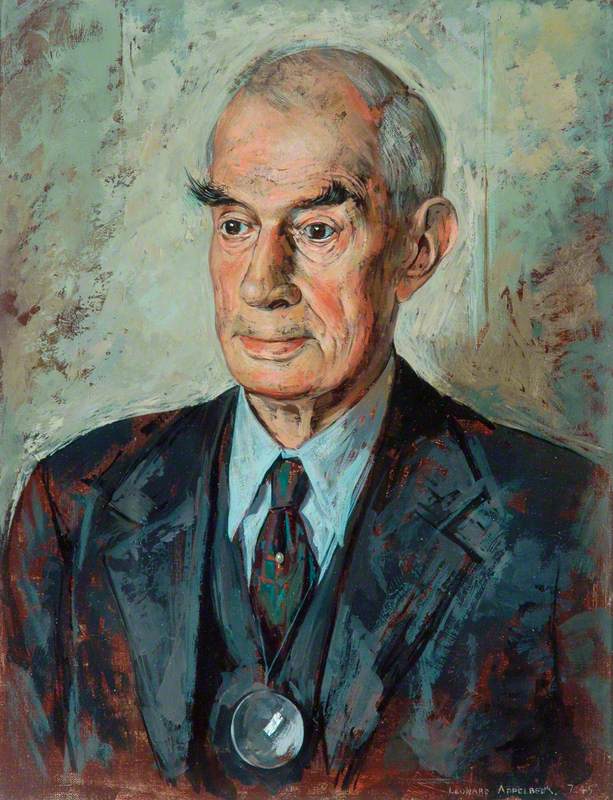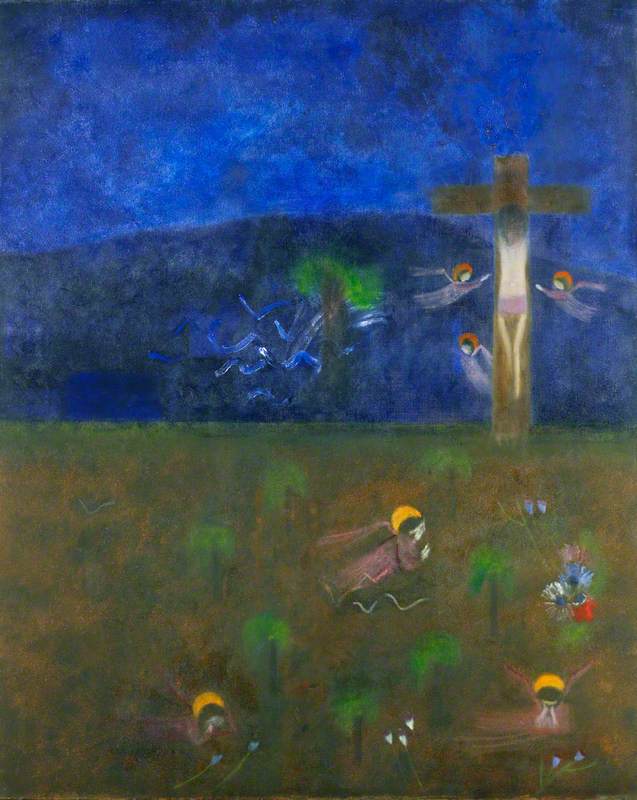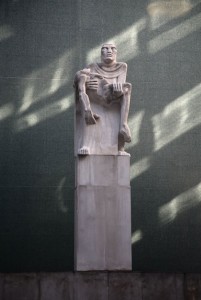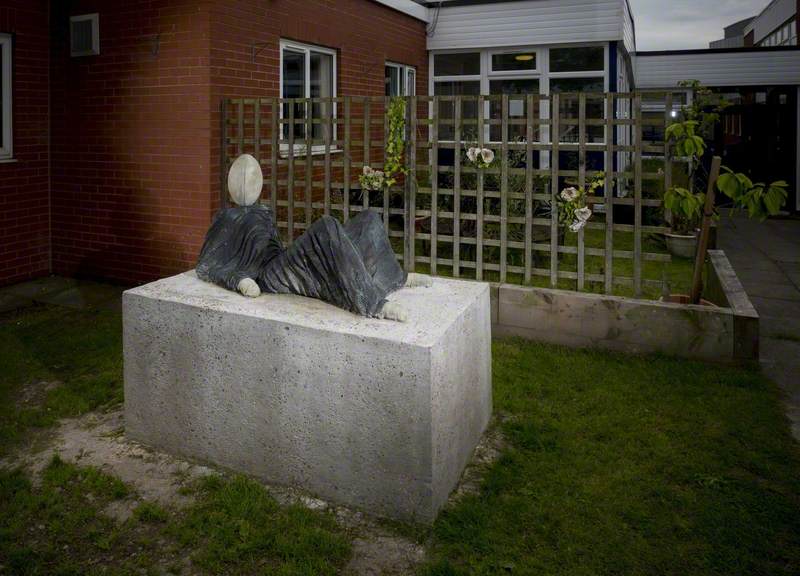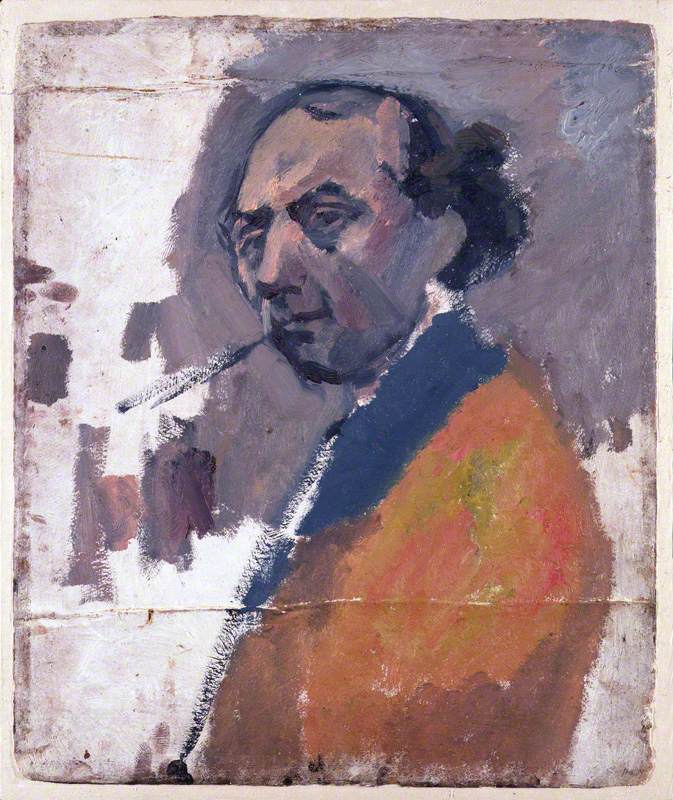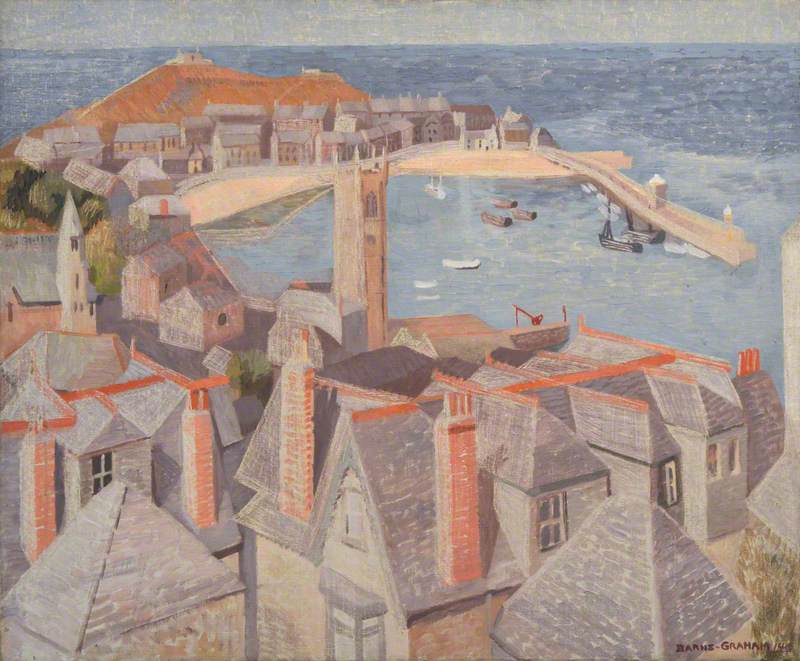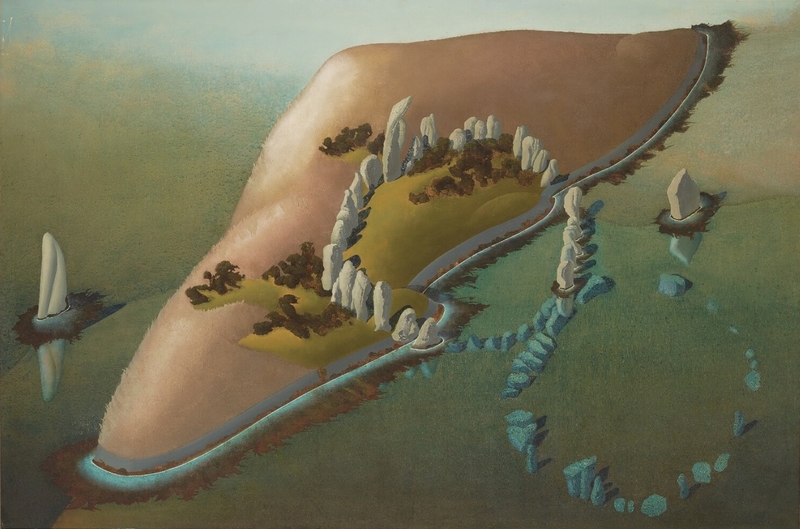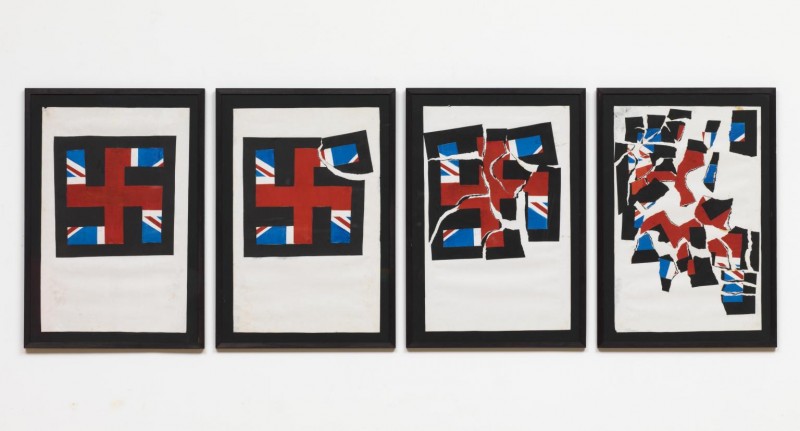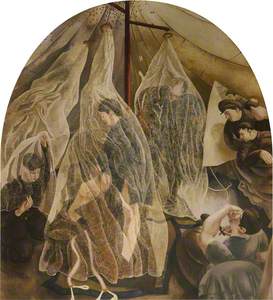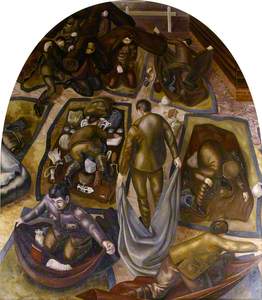Writing to a friend from the Beaufort Hospital where he worked as a medical orderly from 1915 to 1916, Stanley Spencer (1891–1959) recorded the 'coming, going, fetching, carrying, sorting, opening doors, shutting them, carrying tea-urns, scrubbing floors' which occupied his days.
His words speak only of the drudgery of war work. Yet it was through the memorialisation and elevation of such experiences that Spencer would go on to design one of the most singular and captivating memorials of the First World War.
Convoy Arriving with the Wounded
1927–1932
Stanley Spencer (1891–1959) 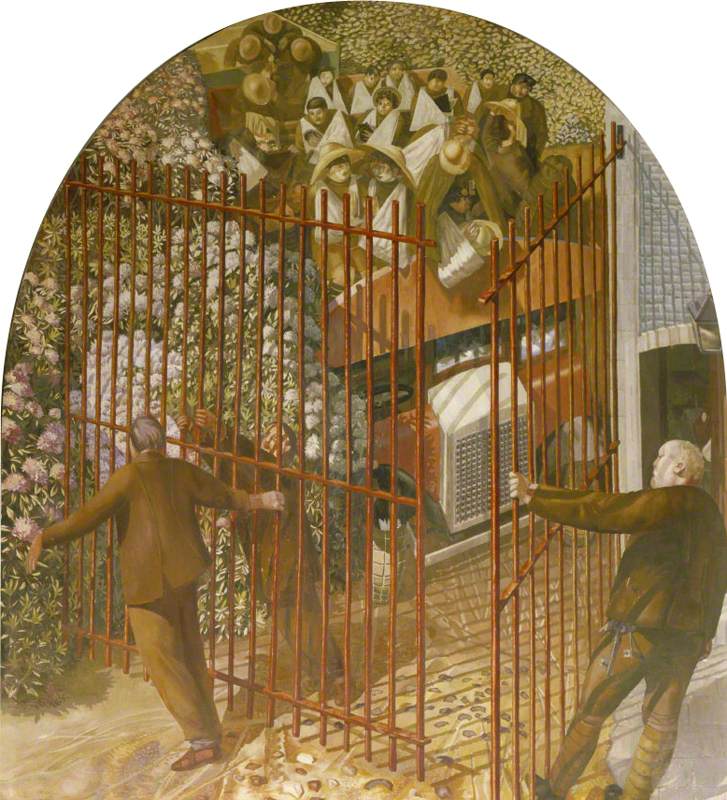
Following the death of his brother Sydney in action in 1918, Spencer became resolved to one day build a memorial chapel, and soon began sketching speculative designs. But it was not until 1923, when he met the patrons John Louis and Mary Behrend, who had also been bereaved during the war, that his plans began to materialise.
The Sandham Memorial Chapel, situated in Burghclere in Hampshire, was completed in 1932 to Spencer's design, having been realised with little variation by the architect Lionel Pearson.
Inspired by ornate frescoes by Giotto di Bondone (1266/1267–1337) at the Arena Chapel in Padua ('What ho, Giotto!' he is said to have exclaimed upon hearing of the commission), the interior is decorated with 19 oil paintings on canvas – Giotto's technique had proved somewhat impractical in damper British climes.
Eight predellas are aligned below eight arched panels, all of which stand beneath two sprawling panoramas. A monumental resurrection scene occupies the wall behind the altar.
Just as he shaped an idiosyncratic visual idiom for his Christian faith, by locating it in his beloved Berkshire village of Cookham in which Christ and saints mingle with familiar village faces, Spencer similarly attended to the spiritual in his everyday scenes of war. In one letter, he observed that 'They don't look like war pictures; they rather look like Heaven, a place I am becoming very familiar with.'
Looking up to survey these busy paintings, the viewer encounters the heaving of cumbersome kit bags onto shoulders, the filling of metal tea urns with scalding liquid, the comfort of feasting on doorsteps of doughy white bread.
Illustrative of his own experiences and tastes ('what a boy I am for bread and butter' he wrote to his sister Florence, imploring her to post him her own homemade variety), the scenes Spencer elected to memorialise were his own testimony of war.
These are not the visiting impressions of the official war artist (a role that Spencer would go on to undertake during the Second World War). Instead, they speak to the quotidian trials and moments of rest of those who served under gruelling conditions.
Alongside scenes from the hospital, the works also picture Spencer's experience on the Macedonian Front as a stretcher-bearer and later as an infantryman – a position from which his height of five foot two had previously debarred him.
Officers are conspicuously absent in these works, which attend with affectionate intimacy to the inglorious reality of war. Here, combat is disregarded in favour of the hustle and bustle of the hospital laundry.
Washing Lockers
(detail) 1927–1932
Stanley Spencer (1891–1959) 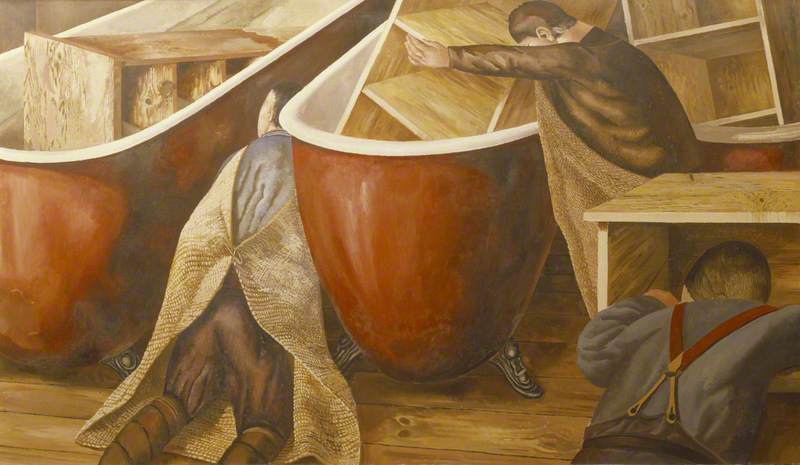
Spencer's assertion that 'all my figures are simply "me"' further establishes the Chapel paintings as autobiography. We recognise his own distinctive fringed dark hair throughout.
As a reviewer in The Times observed in December 1932, the chapel was an 'imaginative interpretation of incidents which impressed the artist in the course of his daily duties, and their great merit – as a memorial – is that they do not go outside either his practical or his emotional experience as an individual.'
While in Macedonia, Spencer kept Cookham close in his mind's eye, drawing diagrams of his vegetable patch and writing detailed plans of days spent swimming, painting and watching 'the people living'. He found ways to imaginatively journey home in the Macedonian landscape, recalling how 'as far as nature went I felt on such a personal footing with it and it all seemed to have something very much to do with my individual self that I forgot the war and the army and continued to some degree my Cookham life.'
Tea in the Hospital Ward
1927–1932
Stanley Spencer (1891–1959) 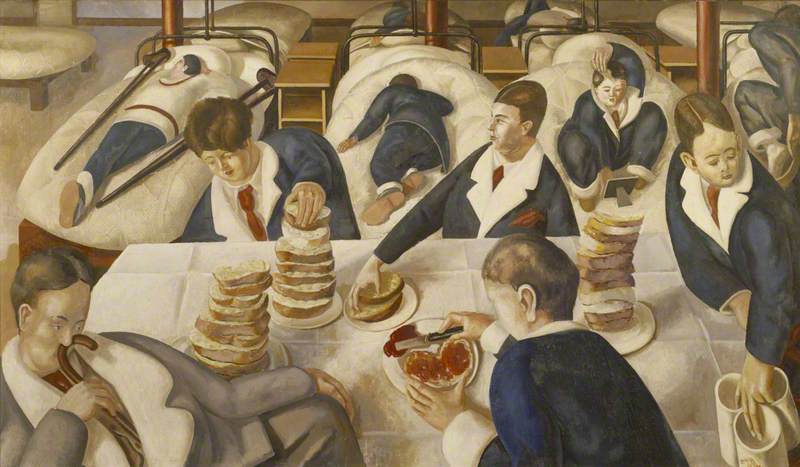
Such illusions of domesticity eased Spencer's time at the front. He remembered being 'impressed with the calm way the wounded men spoke to each other... about some cabbages they had been trying to grow... a homely atmosphere was being preserved in spite of what was happening.' Another recollection involved the construction of a suitably familial dining table: 'I found a bit of cloth and a round piece of wood. The wood I nailed to a stump of a tree thus making a nice table and I washed the cloth and [...] could "lay the table" for a meal.'
By dwelling upon the 'homely' habits of cabbage-growing and composed conversation, Spencer insisted that representation of the war did not necessitate a more typical idiom of destruction and breakdown. In the year of the Chapel's completion, the art critic and veteran of the First World War Herbert Read famously pronounced modernism 'a break-up, a devolution [...] Its character is catastrophic.'
This style, established upon break-down and inevitably knotted to the cataclysm of war, is nowhere to be found in Spencer's vision. Though he had witnessed the deadly effects of mechanised warfare on the human body, his painted forms are not destroyed or shattered, but instead stand assertively whole. We will search in vain for the wound to which the orderly so gently applies his iodine in Ablutions. Indeed, one planned painting of surgery was withdrawn from the composition by Spencer as being 'too traumatic'.
The chapel's centrepiece, The Resurrection of the Soldiers, denies death altogether.
The Resurrection of the Soldiers
1927–1932
Stanley Spencer (1891–1959) 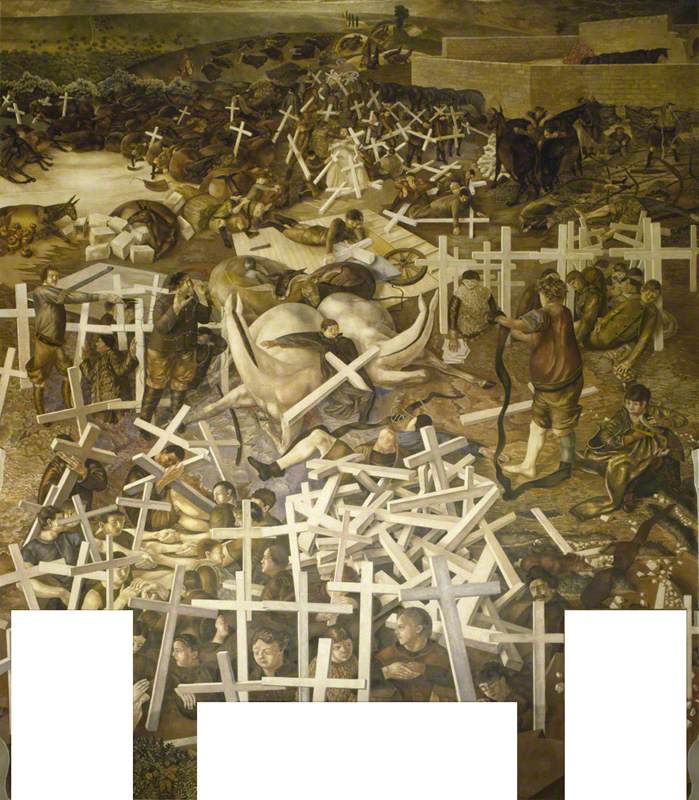
Soldiers emerge from their graves undamaged to engage in wartime chores; one cuts barbed wire, another reapplies his puttees. All return their headstone crosses to Jesus, who is seated among them.
Spencer's chapel is unique among war memorials. Unlike Edwin Landseer Lutyens' Cenotaph, an empty tomb intended to universally commemorate all war dead, Spencer's is a deeply personal vision of war. He asks that we dwell upon moments which have fallen outside the cultural memory of the war, looking into its human and deeply individual face to encounter it in all its intricacy.
Chloe Nahum, PhD candidate at the University of Oxford
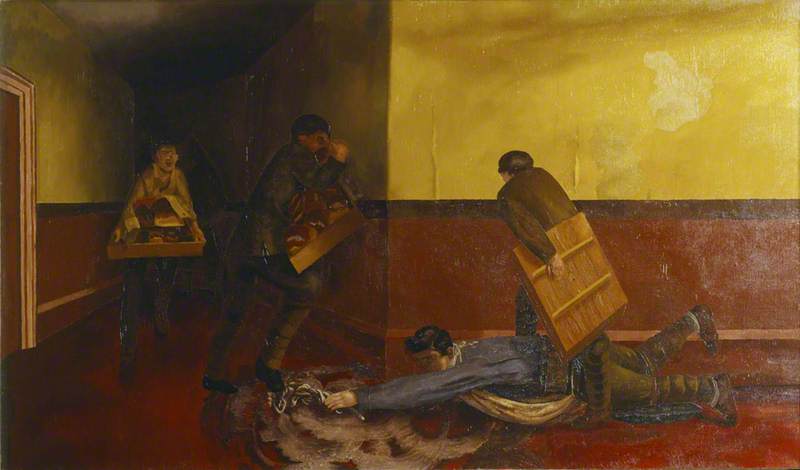

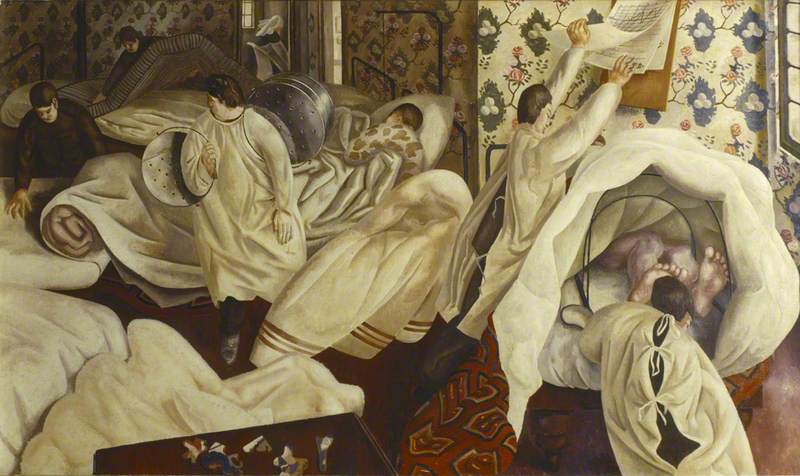

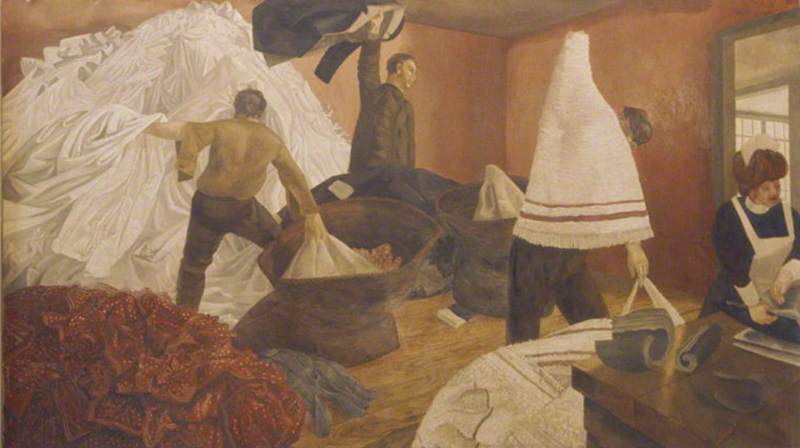
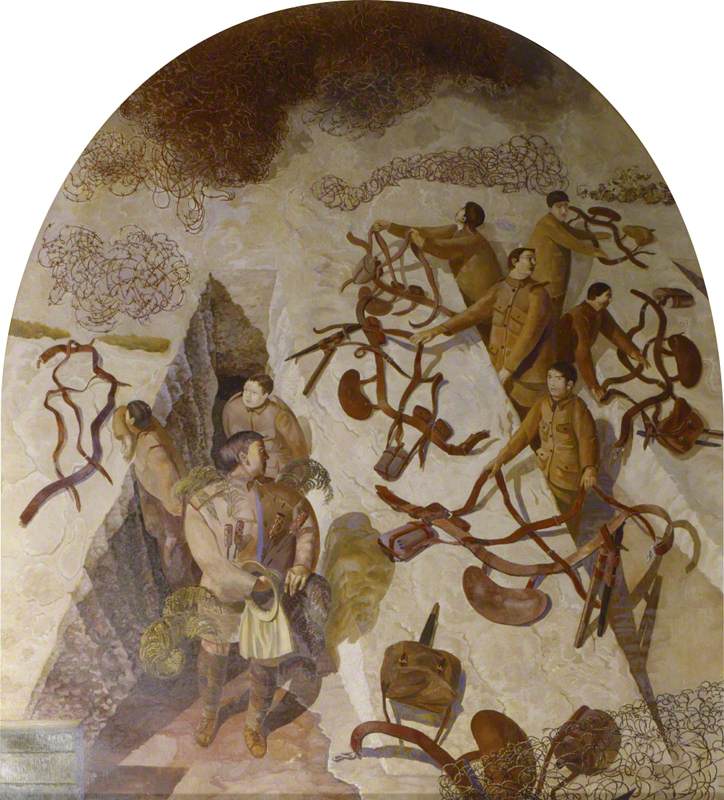
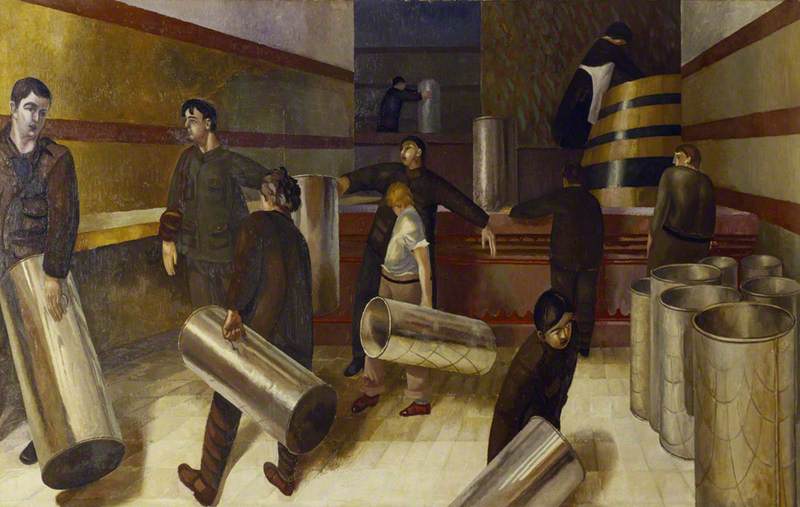
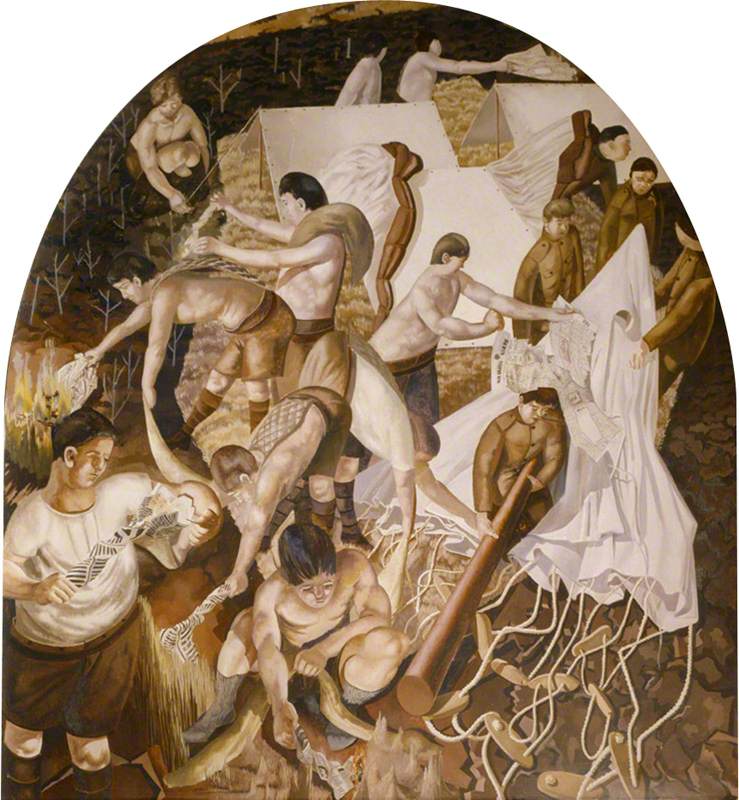
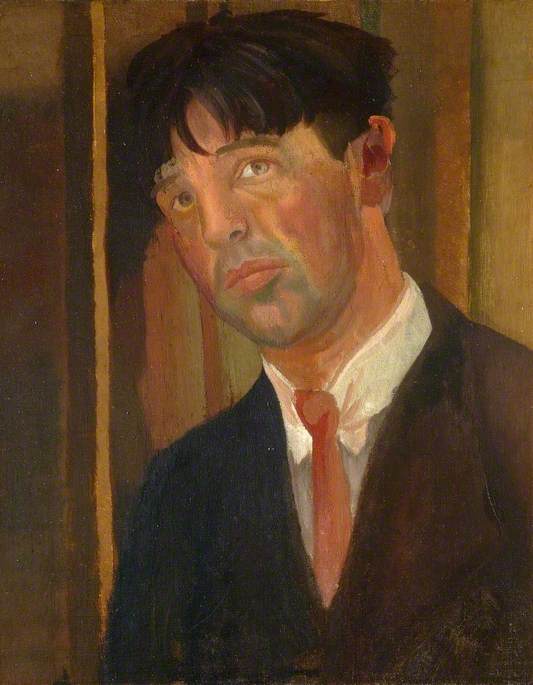
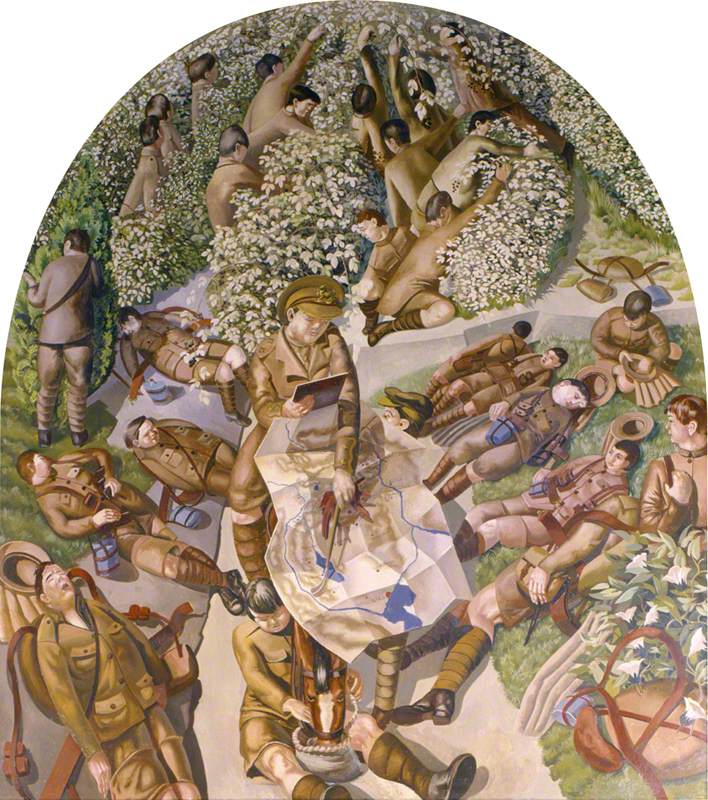
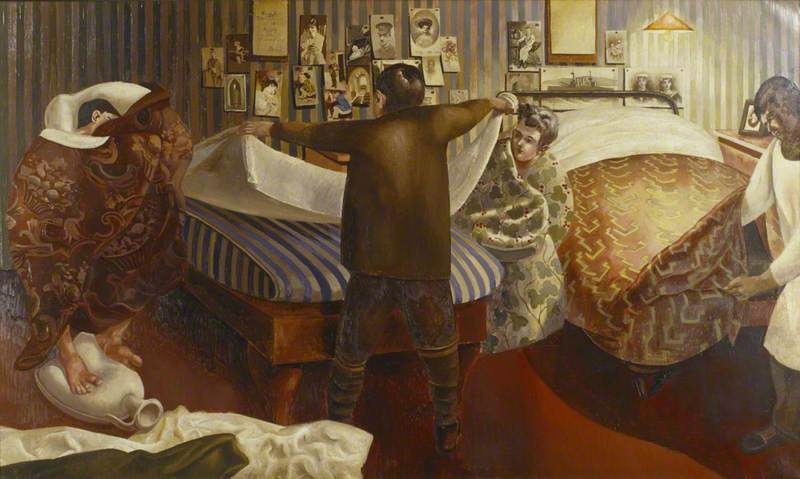
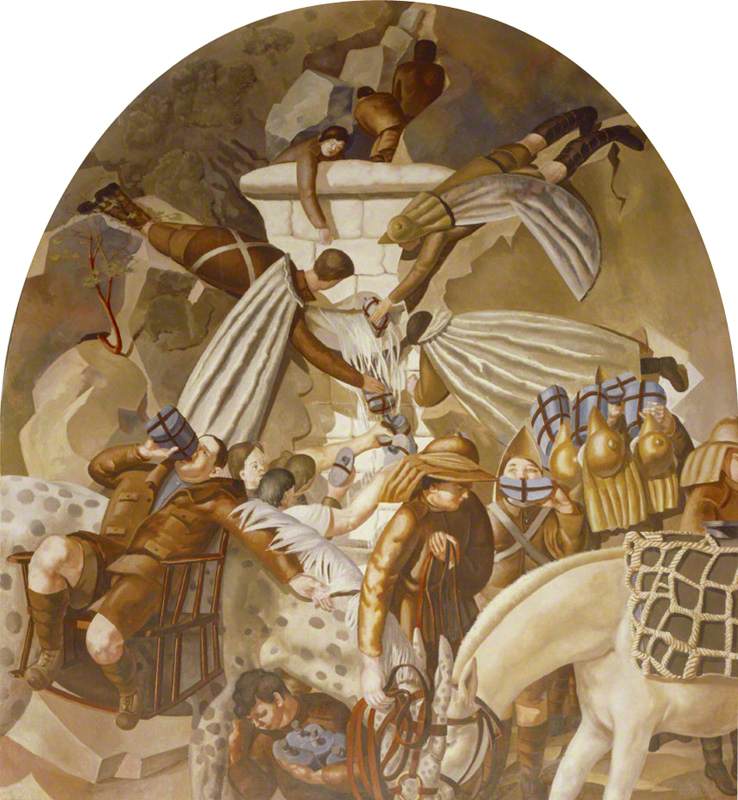
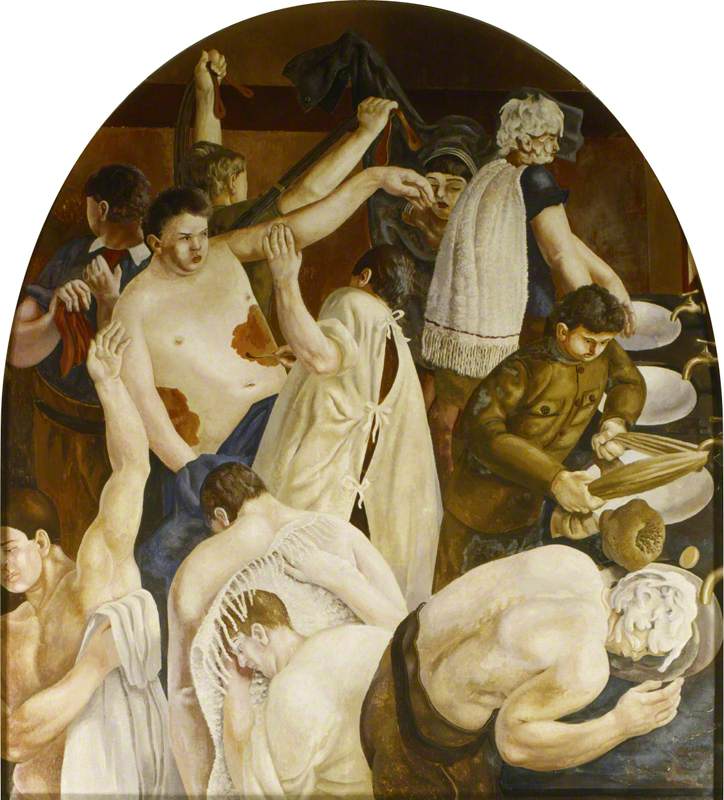
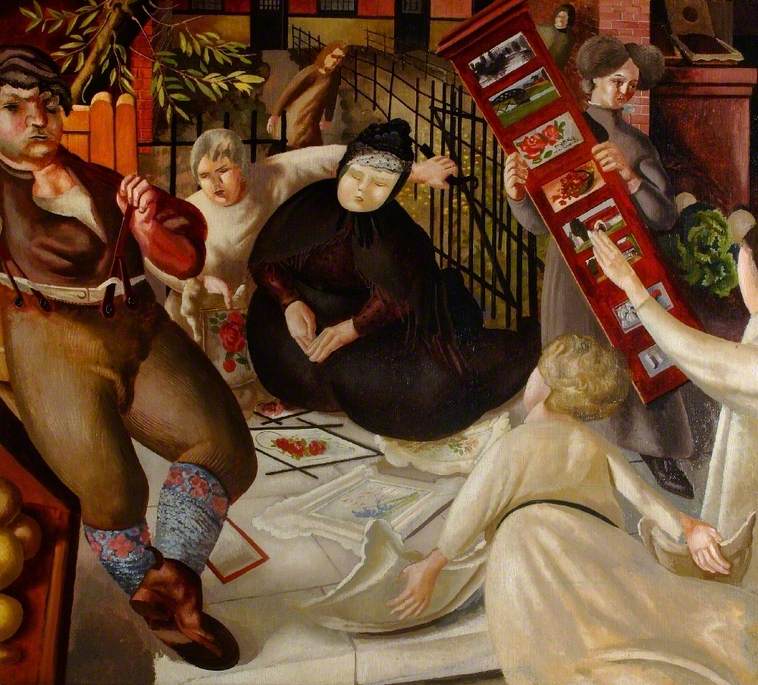

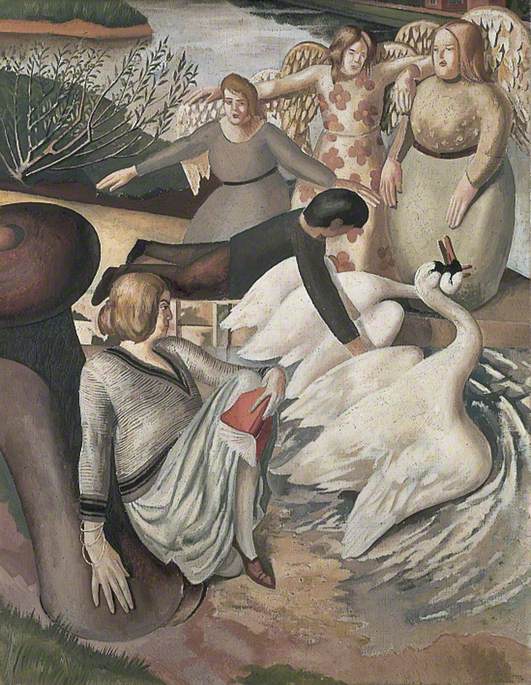

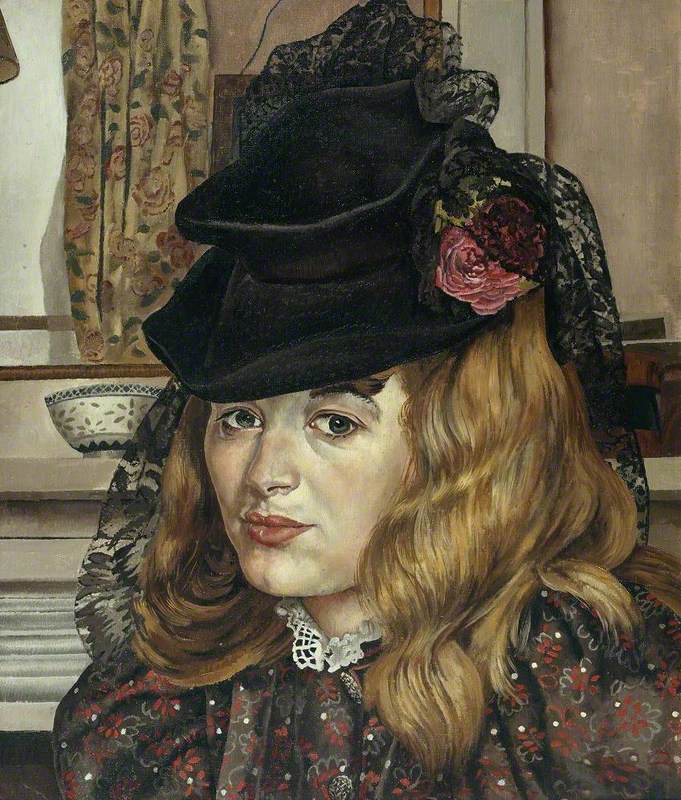
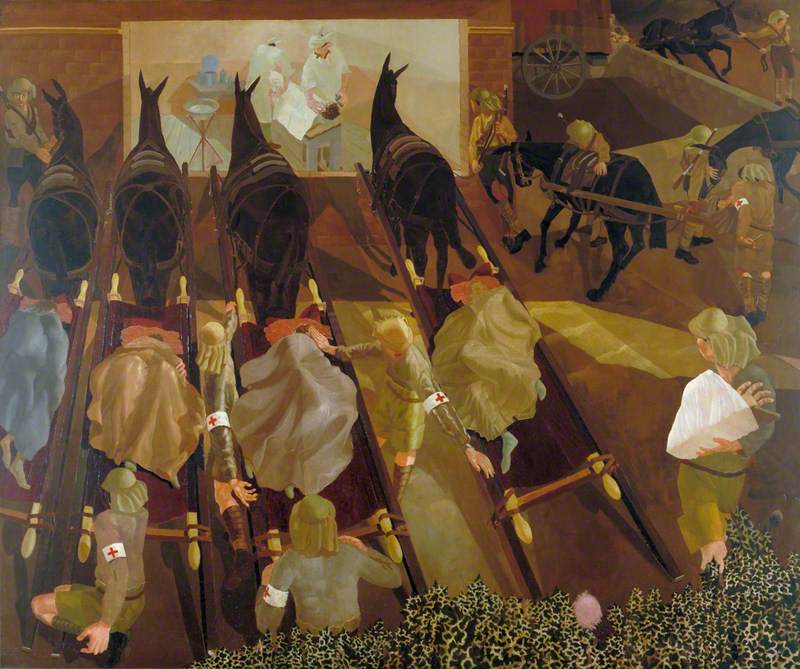
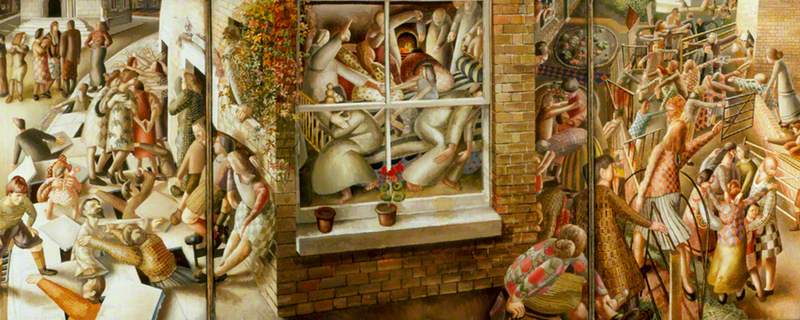

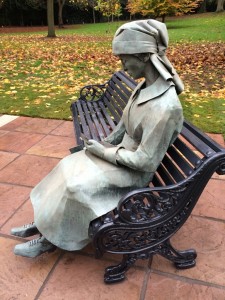
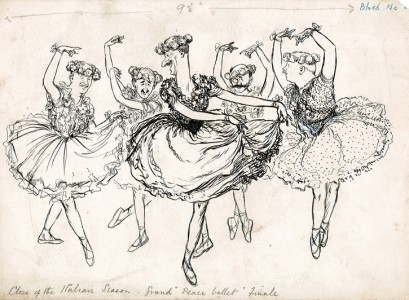
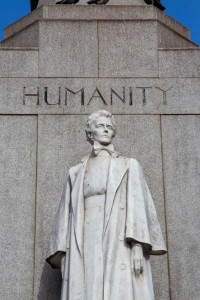
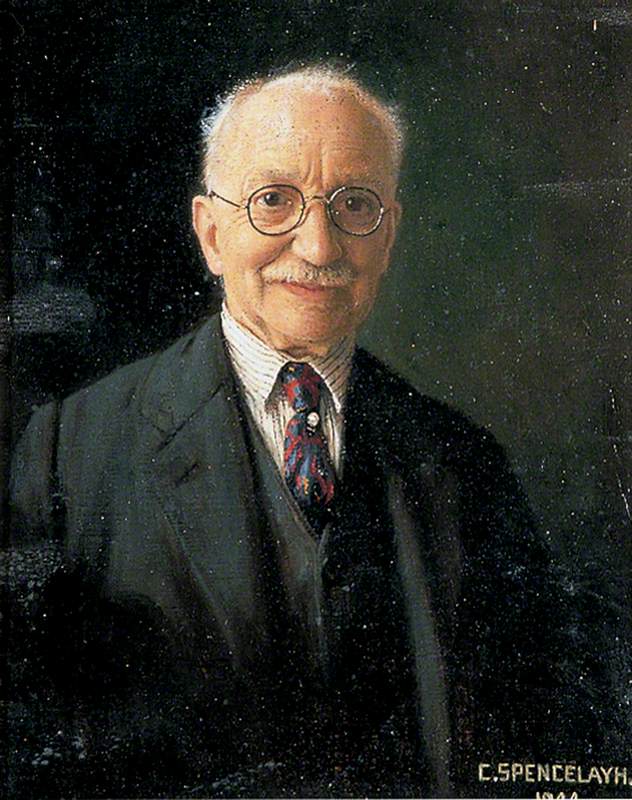

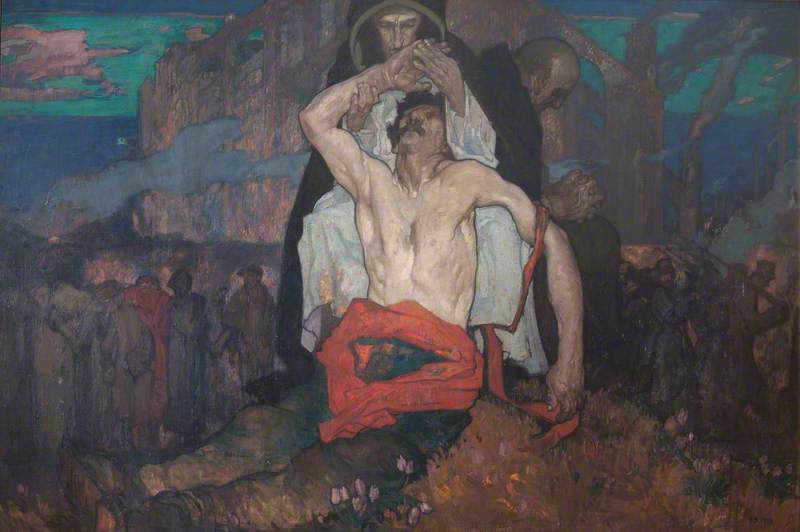
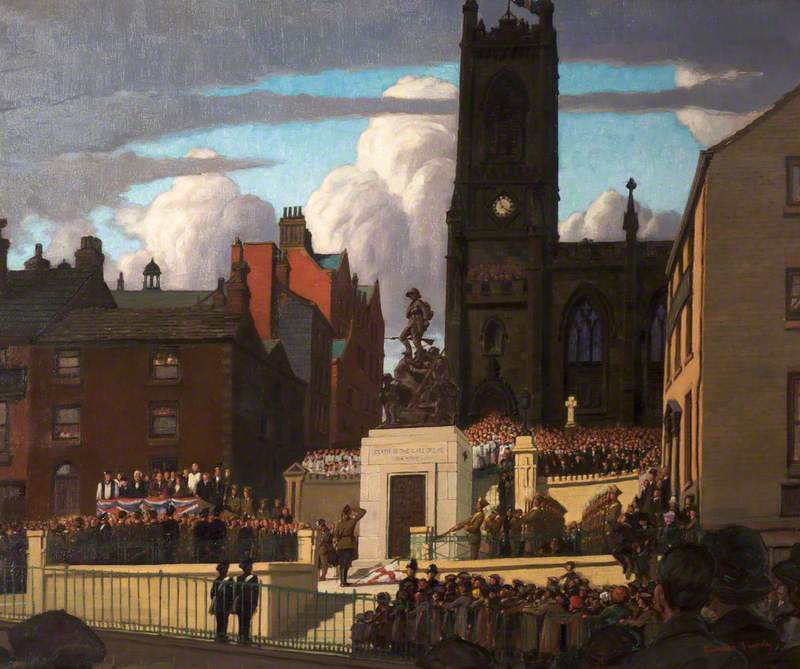
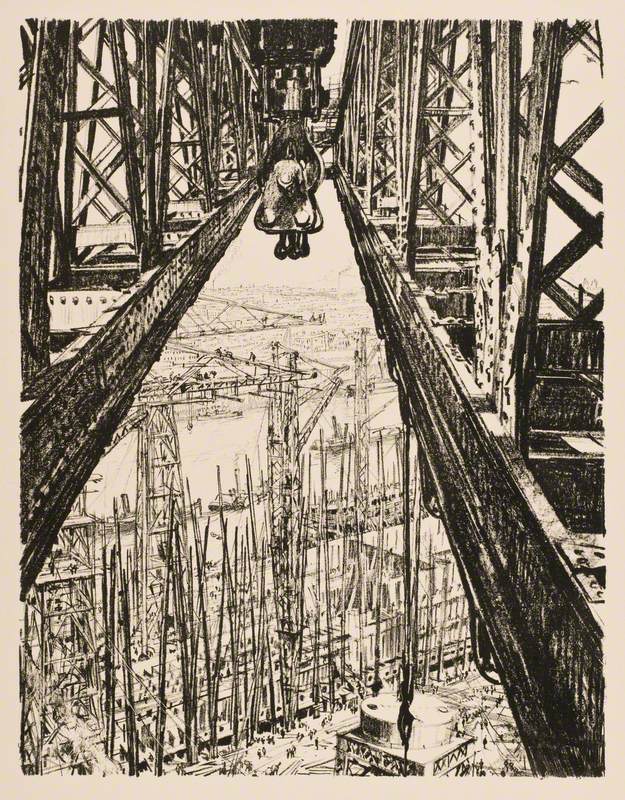


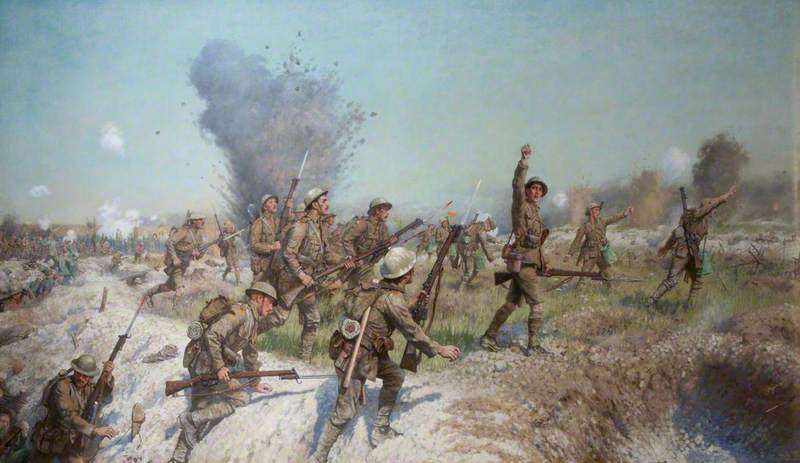
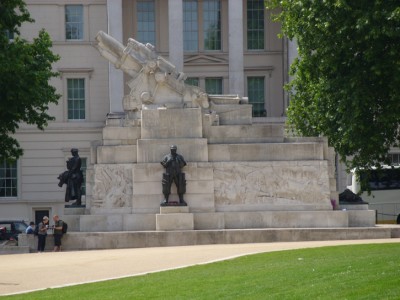
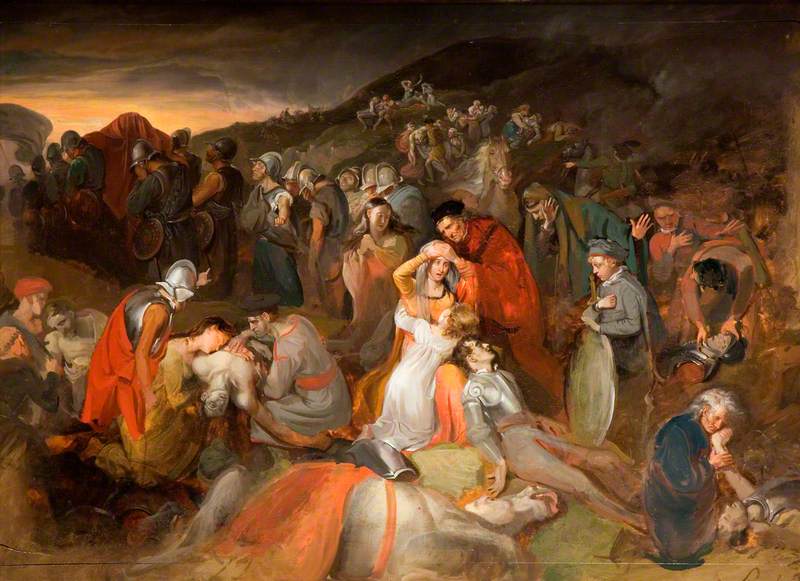
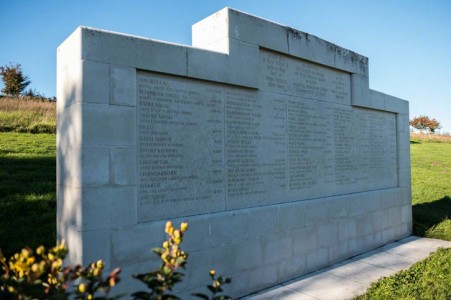

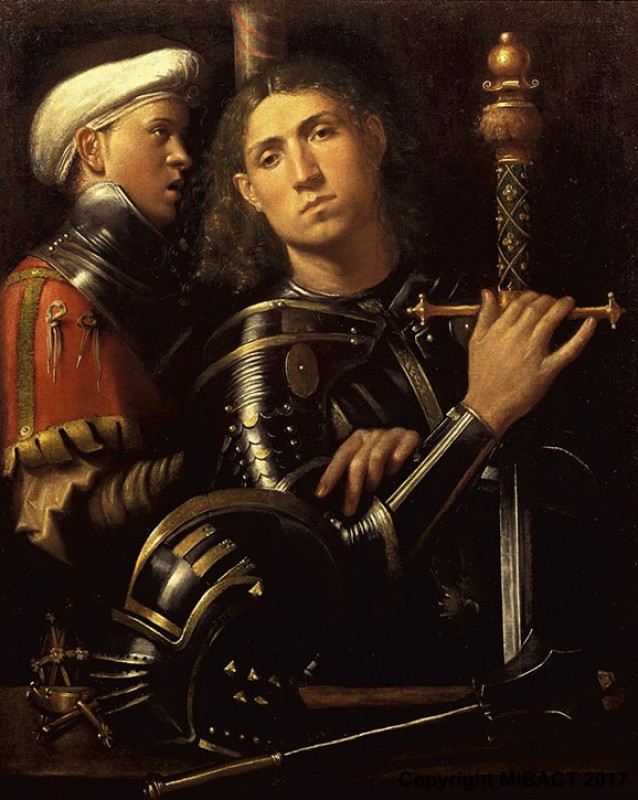
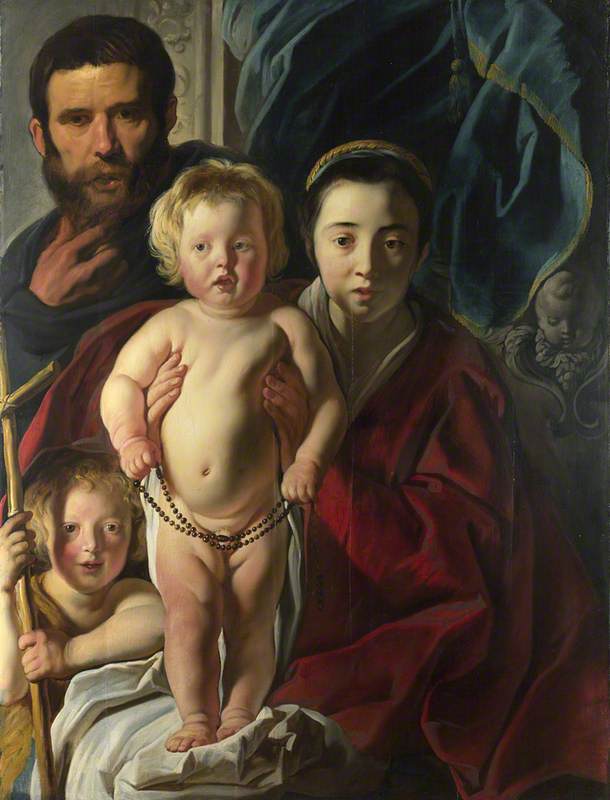
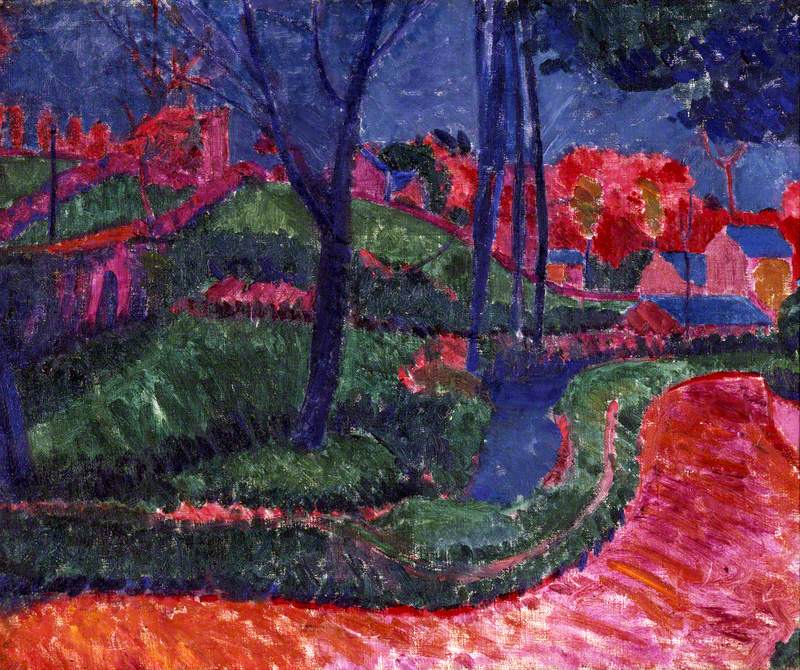
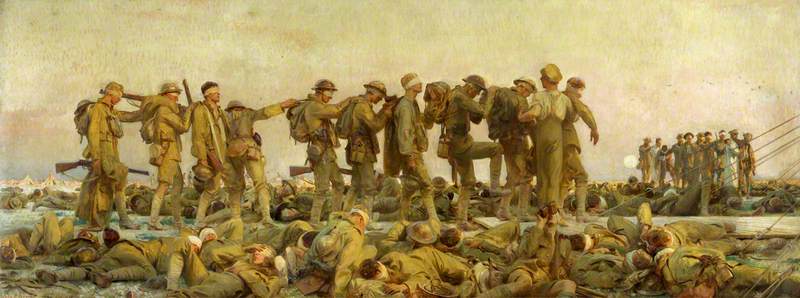

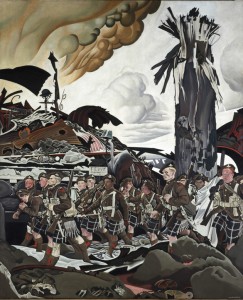
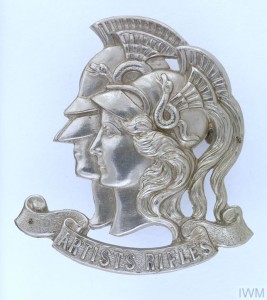
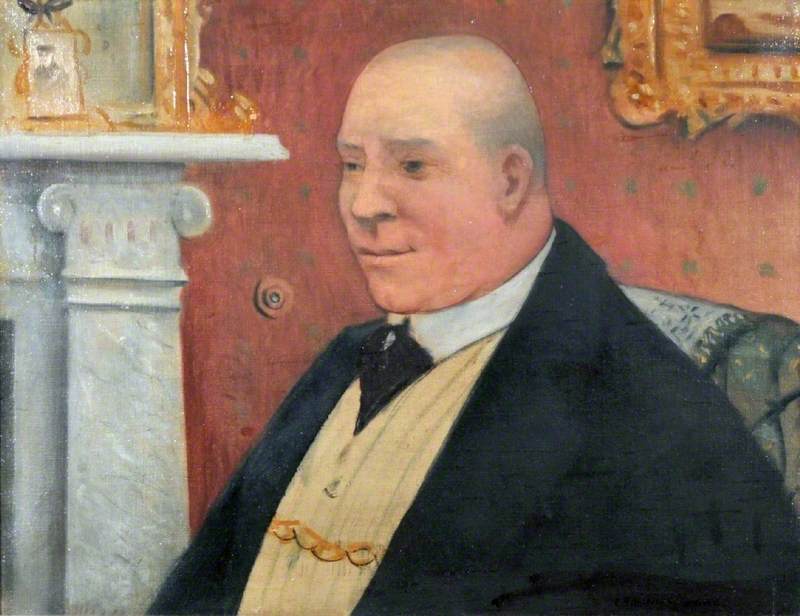
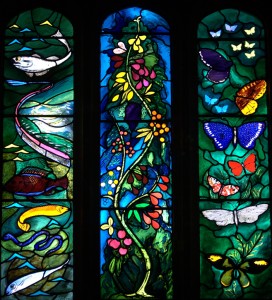
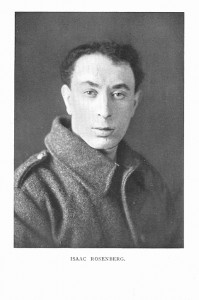
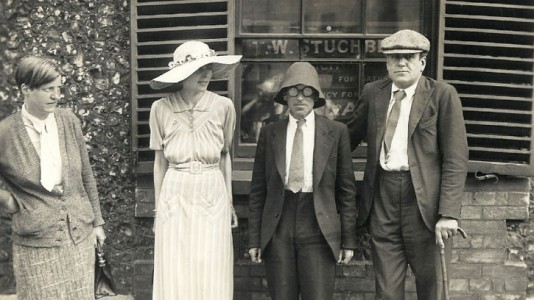

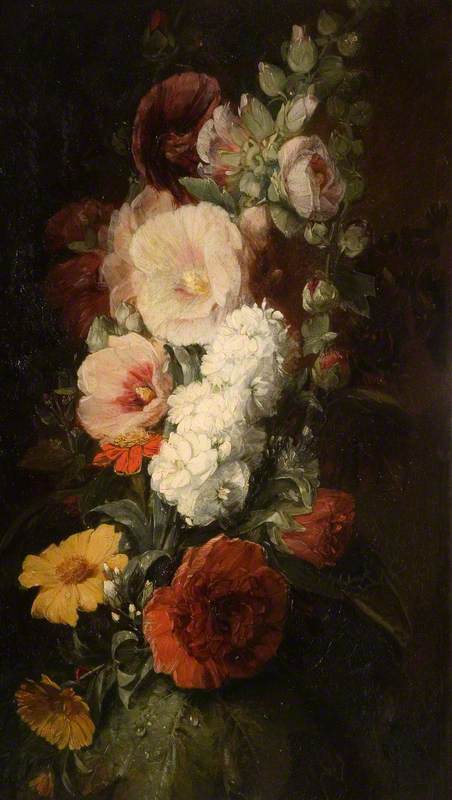
.jpg)
